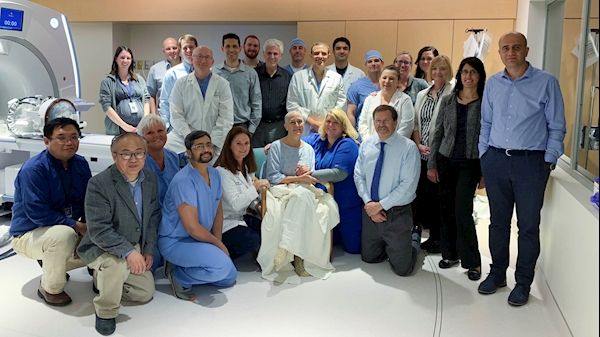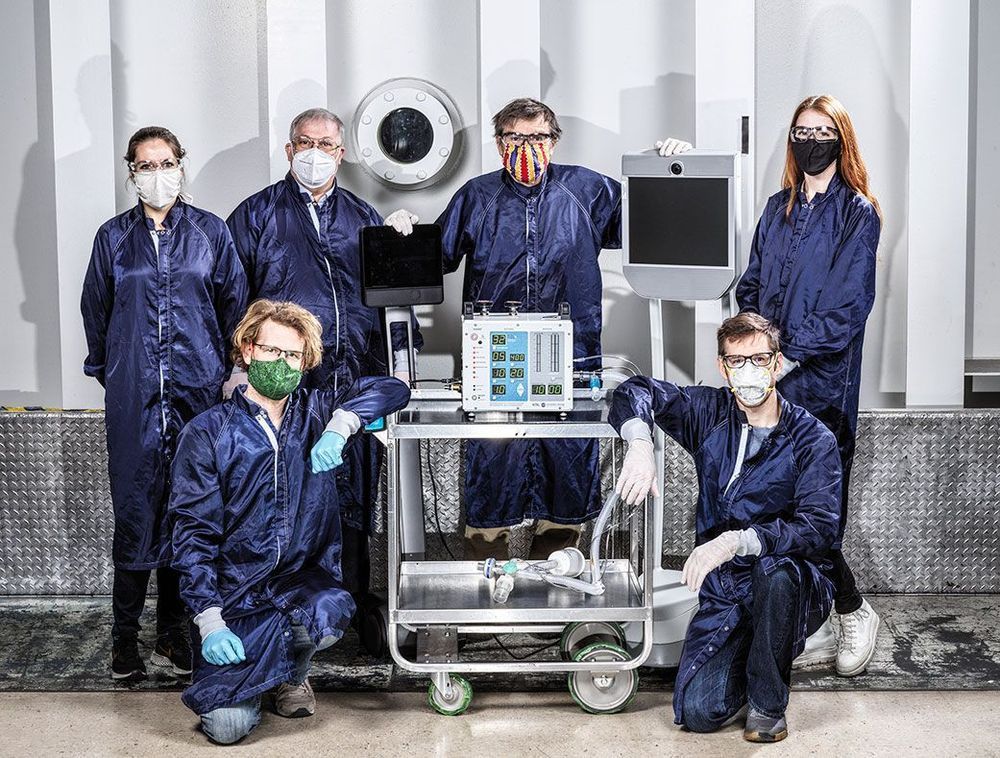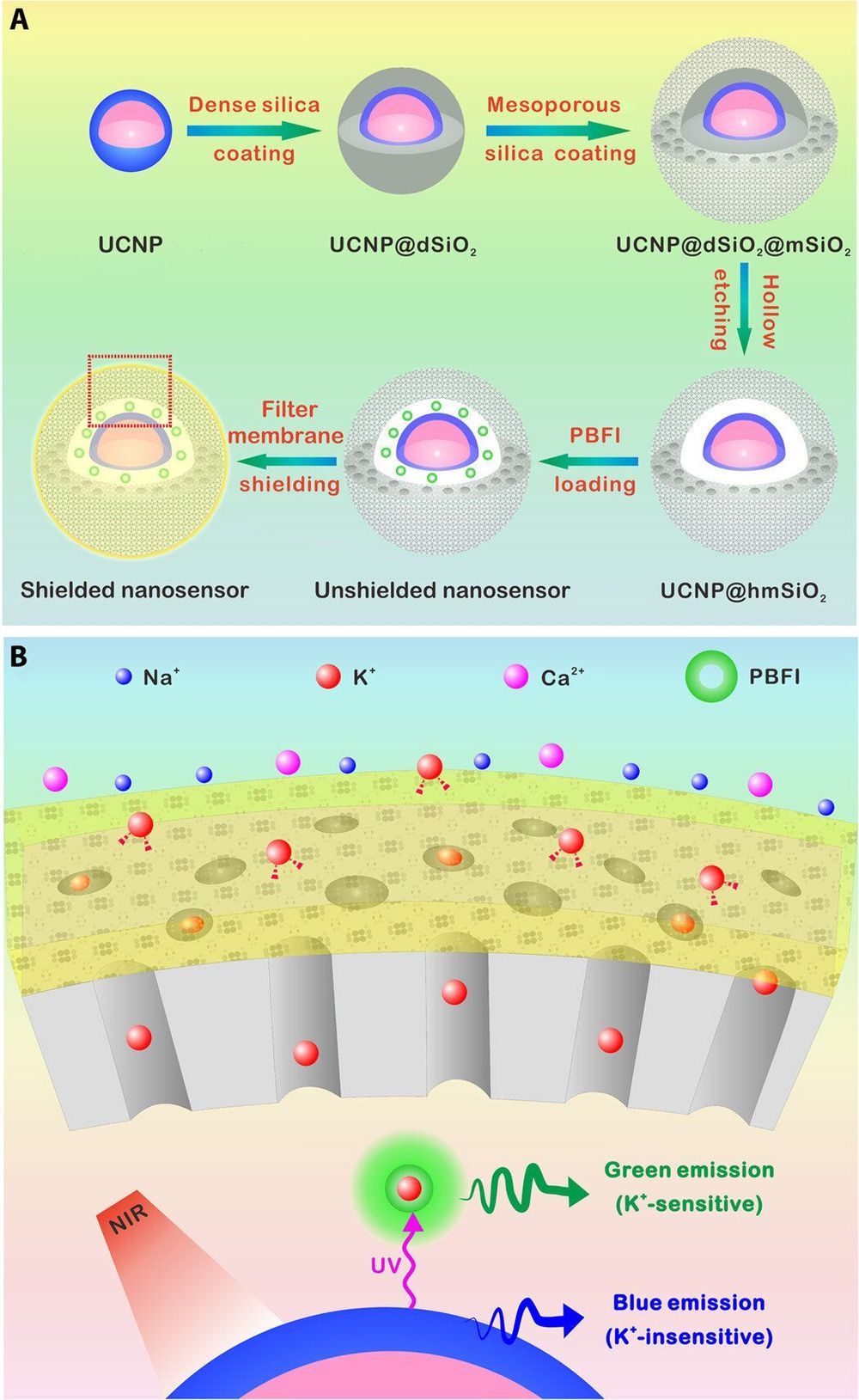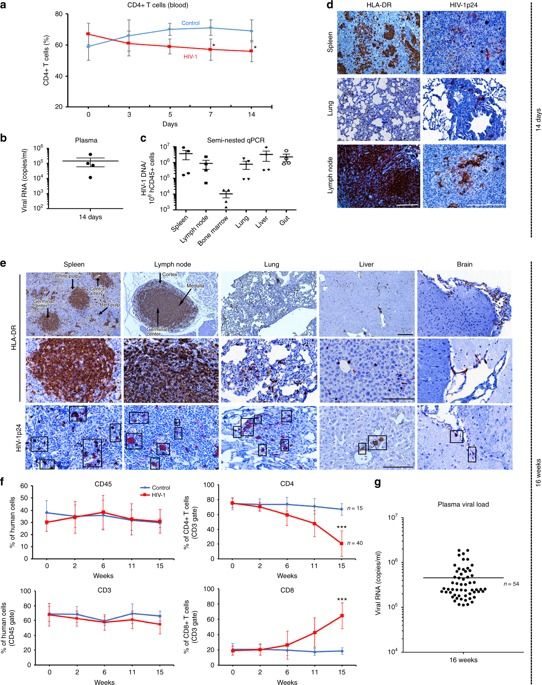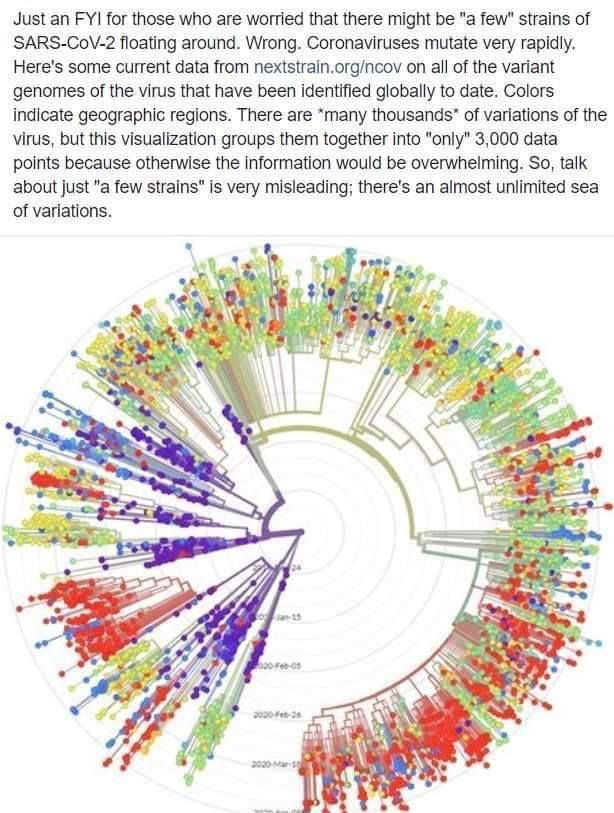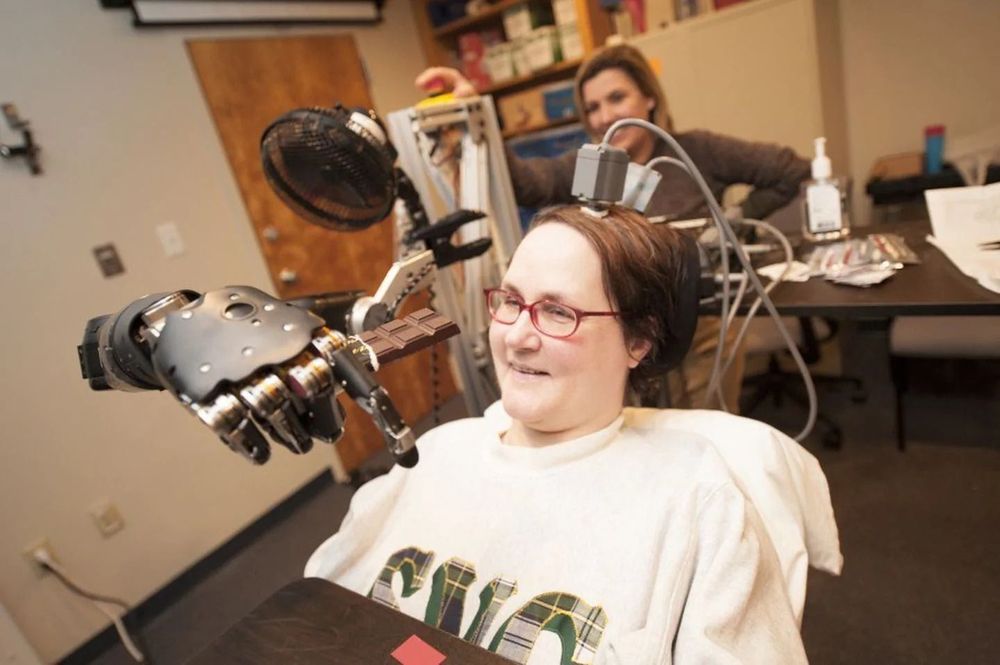I’ve been shocked sometimes when I walk in and see the patients. Most of the ones I’ve intubated are young — 30s, 40s, 50s. These are people who walked into the ER because they were coughing a day or two ago, or sometimes hours ago. By the time I come into the room, they are in severe respiratory distress. Their oxygen level might be 70 or 80 percent instead of 100, which is alarming. They are taking 40 breaths a minute when they should be taking 12 or 14. They have no oxygen reserves. They are pale and exhausted. It puts them in a mental fog, and sometimes they don’t hear me when I introduce myself. Some are panicky and gasping. Others are mumbling or incoherent. Last week, one patient was crying and asking to use my phone so they could call family and say goodbye, but their oxygen levels were dropping, and we didn’t have time, and I couldn’t risk bringing my phone in and contaminating it with virus, and the whole thing was impossible. I kept apologizing. I just —. I don’t know. I have to find a way to hold it together in order to do this job. I tear up sometimes, and if I do, it can fog up my face shield.
“It’s a powerless feeling, watching someone die”: An anesthesiologist on the frontline of coronavirus outbreak.

